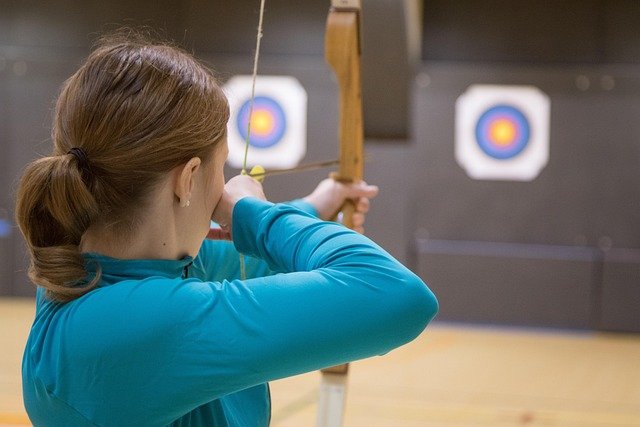Biohacking Your Breath: The Science of Consciously Optimizing Respiration
Have you ever considered that the way you breathe could be holding you back from peak health and performance? While breathing is automatic, consciously optimizing our respiration may unlock a wealth of untapped potential. Welcome to the cutting-edge world of breath biohacking, where ancient wisdom meets modern science to revolutionize our approach to this fundamental life process.

Scientists have discovered that different breathing techniques can activate specific neural networks, affecting everything from emotional regulation to cognitive performance. For instance, slow, deep breathing has been shown to activate the parasympathetic nervous system, promoting relaxation and reducing anxiety. Conversely, certain rapid breathing exercises can boost alertness and energy levels.
Unveiling the Science of Breath Biohacking
Breath biohacking involves intentionally manipulating breathing patterns to achieve specific physiological and psychological outcomes. This emerging field combines insights from disciplines such as physiology, neuroscience, and ancient breathing practices to create evidence-based techniques for optimizing human function.
One key area of focus is the relationship between breathing and the autonomic nervous system. By altering breath rate, depth, and rhythm, practitioners can influence the balance between sympathetic (fight-or-flight) and parasympathetic (rest-and-digest) activation. This has far-reaching implications for stress management, emotional regulation, and even immune function.
Pioneering Techniques in Respiratory Optimization
Advanced breath biohackers are exploring innovative techniques that push the boundaries of respiratory science. One such method is hypoxic training, which involves controlled exposure to low-oxygen environments to enhance the body’s oxygen utilization efficiency. This approach has shown promise in improving athletic performance and cardiovascular health.
Another cutting-edge practice is coherent breathing, which aims to synchronize respiratory rhythms with heart rate variability. By achieving this harmony, practitioners report improved cognitive function, emotional stability, and overall resilience to stress.
The Neuroplasticity Connection
Perhaps one of the most exciting aspects of breath biohacking is its potential to leverage neuroplasticity – the brain’s ability to rewire itself. Emerging research suggests that consistent practice of specific breathing techniques can lead to lasting changes in neural pathways, potentially enhancing emotional regulation, attention, and even pain perception.
Neuroscientists are particularly interested in how breath work affects the insula, a brain region involved in interoception (the perception of internal bodily sensations). By strengthening the insula through targeted breathing exercises, individuals may develop greater awareness and control over their physiological states.
Integrating Breath Biohacking into Daily Life
While some breath biohacking techniques require dedicated practice, many can be seamlessly incorporated into everyday routines. Simple interventions like nasal breathing during exercise or practicing brief coherent breathing sessions throughout the day can yield significant benefits over time.
Wearable technology is also playing an increasingly important role in breath optimization. Advanced sensors can now track respiratory patterns and provide real-time feedback, allowing users to fine-tune their breathing for optimal performance in various contexts.
Breath Biohacking: Practical Tips and Fascinating Facts
• Practice box breathing: Inhale for 4 seconds, hold for 4, exhale for 4, hold for 4. Repeat for 5 minutes to reduce stress.
• Experiment with alternate nostril breathing to balance your nervous system and enhance focus.
• Try the Wim Hof Method, combining hyperventilation and breath holds to boost immune function and stress resilience.
• Fact: The average person takes about 20,000 breaths per day.
• Diaphragmatic breathing can increase oxygen saturation by up to 10%.
• Conscious breath control activates the prefrontal cortex, potentially enhancing decision-making abilities.
Breathing into the Future
As we continue to unravel the complexities of human physiology, breath biohacking stands out as a powerful tool for unlocking our innate potential. By consciously optimizing our respiration, we can tap into a vast reservoir of physical and mental resources, paving the way for enhanced health, performance, and well-being. As research in this field progresses, we may soon see breath optimization techniques integrated into mainstream healthcare and performance training protocols, offering a natural, accessible means of elevating human function across all aspects of life.





